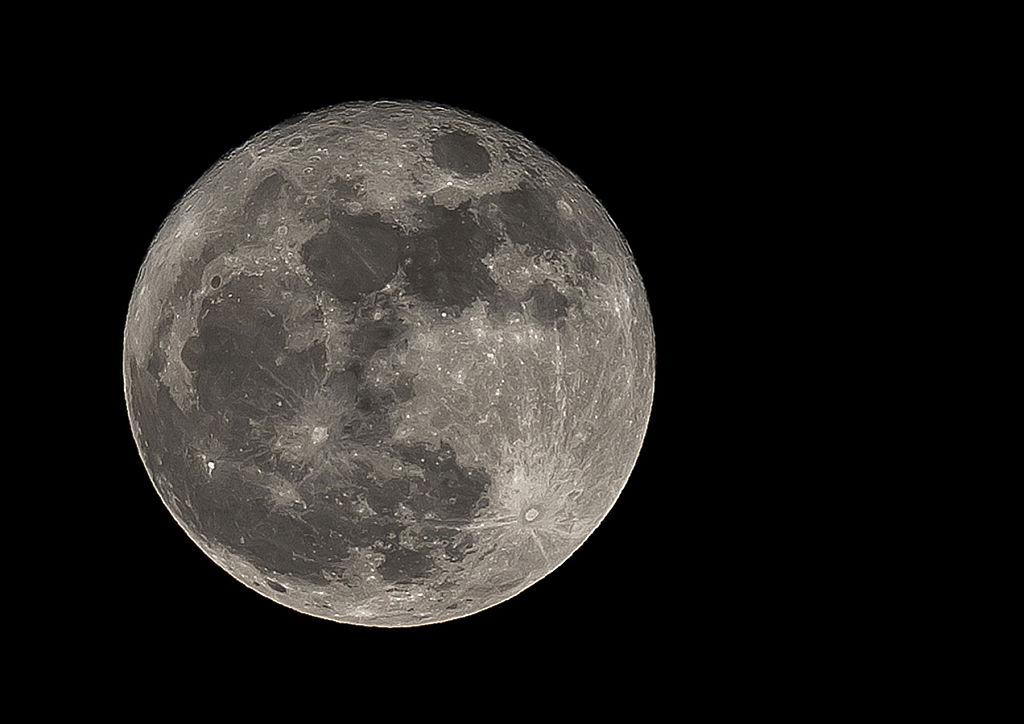The moon is really made up of lots of little moons, new theory proposes
Those small moons would at one time have been flying around the Earth

Your support helps us to tell the story
From reproductive rights to climate change to Big Tech, The Independent is on the ground when the story is developing. Whether it's investigating the financials of Elon Musk's pro-Trump PAC or producing our latest documentary, 'The A Word', which shines a light on the American women fighting for reproductive rights, we know how important it is to parse out the facts from the messaging.
At such a critical moment in US history, we need reporters on the ground. Your donation allows us to keep sending journalists to speak to both sides of the story.
The Independent is trusted by Americans across the entire political spectrum. And unlike many other quality news outlets, we choose not to lock Americans out of our reporting and analysis with paywalls. We believe quality journalism should be available to everyone, paid for by those who can afford it.
Your support makes all the difference.Our moon might not just be one moon, but many.
The rock that flies around the Earth might in fact be the result of a series of cosmic collisions. Those crashes might have spawned lots of little moons that together morphed into the one big one that we know and see every night.
Until now, many scientists have thought that one big impact crashed into the early Earth and sent a piece off flying into space that would become the moon. But in fact a number of little collisions clumped together to create a set of mini-moons, Israeli scientists reported.
Over millions of years, those little moons might have clumped together to create the big one we see every night.
The researchers conducted nearly 1,000 computer simulations and estimate about 20 impacts could do the job. They say that would explain why the moon seems to be composed of material from Earth, rather than some other planet, too.
It's actually an old theory revitalised now by the Weizmann Institute of Science's Raluca Rufu in Rehovot, Israel, and his team. Their findings were published in Nature Geoscience.
“Our model suggests that the ancient Earth once hosted a series of moons, each one formed from a different collision with the proto-Earth,” said co-author Hagai Perets of the Technion, Israel Institute of Technology in Haifa.
Rufu added in the same statement: “It’s likely that small moons formed through the process could cross orbits, collide and merge.”
Small collisions like this were common in the early solar system, and support their premise. But a London scientist not associated with the study – Imperial College’s Gareth Collins – is urging more evidence on both sides of the moon-forming argument.
Some of the moonlets surely were lost in space or did not merge properly with what was to become today's moon, Collins said in a companion article, and so many more impacts may have been required. That, in turn, would make the multi-impact theory “far less probable than any of the more exotic single-impact scenarios,” he wrote.
Rufu and his colleagues agree more work is needed to understand how moonlets might indeed merge into one final moon.
Additional reporting by agencies
Join our commenting forum
Join thought-provoking conversations, follow other Independent readers and see their replies
Comments